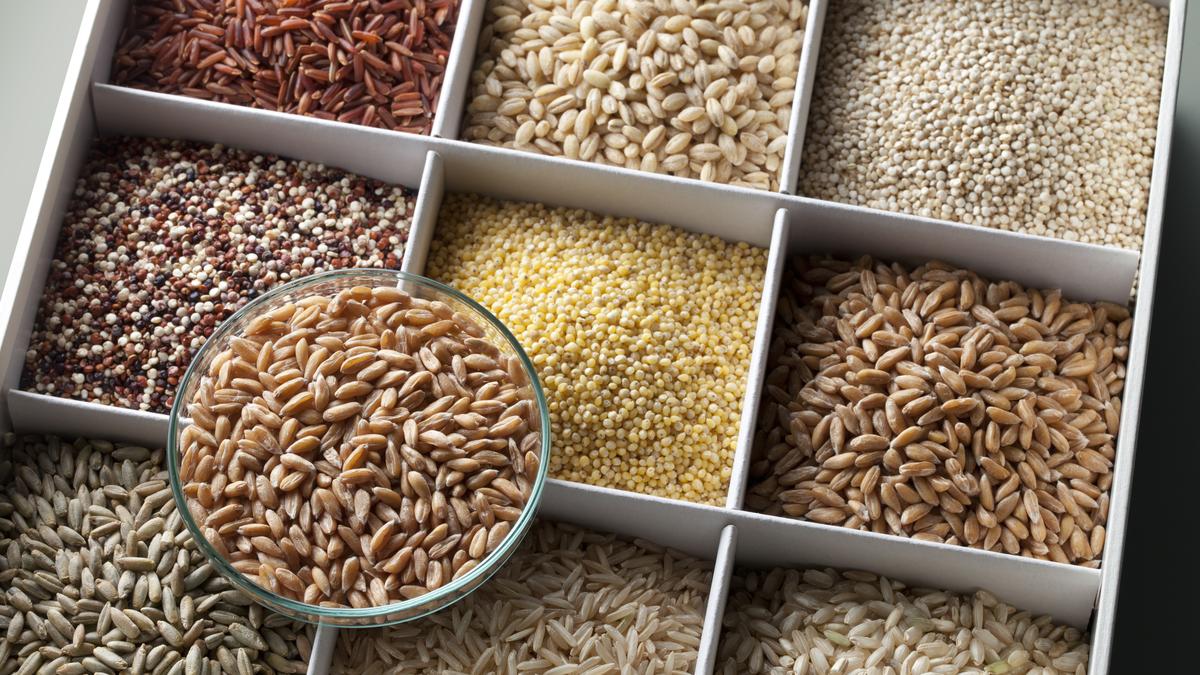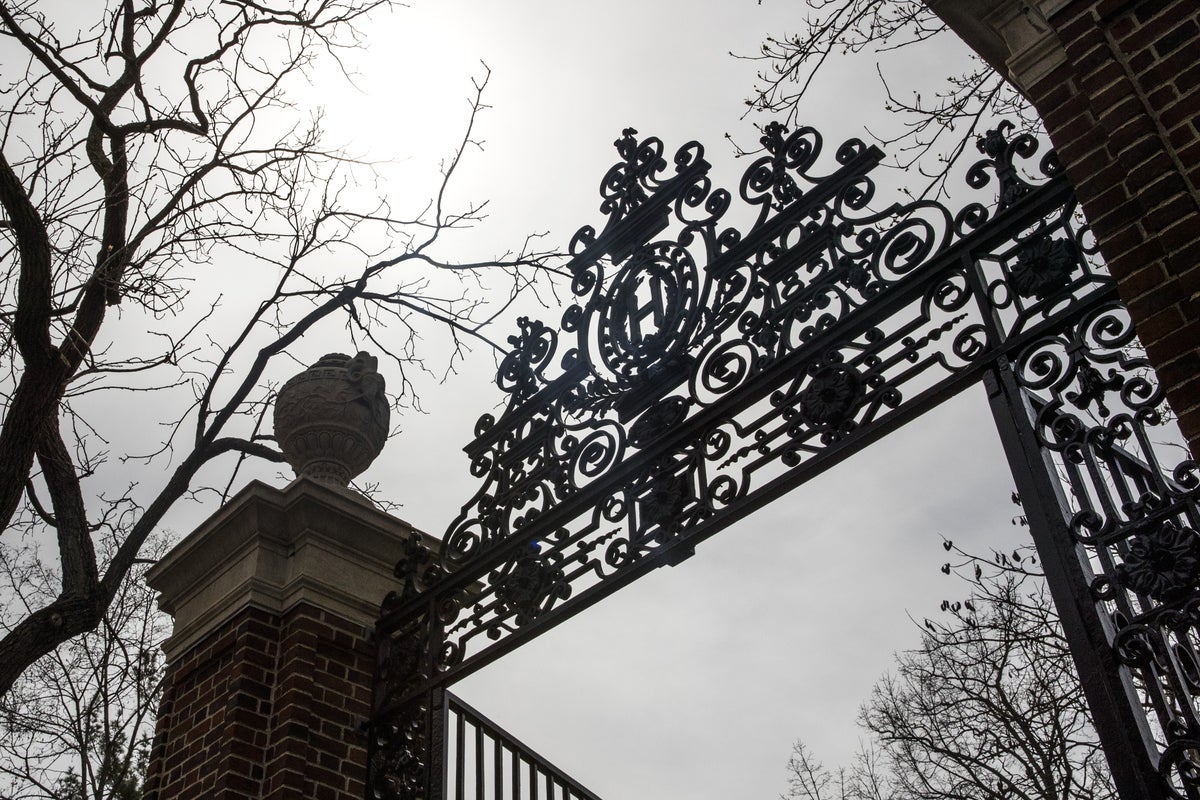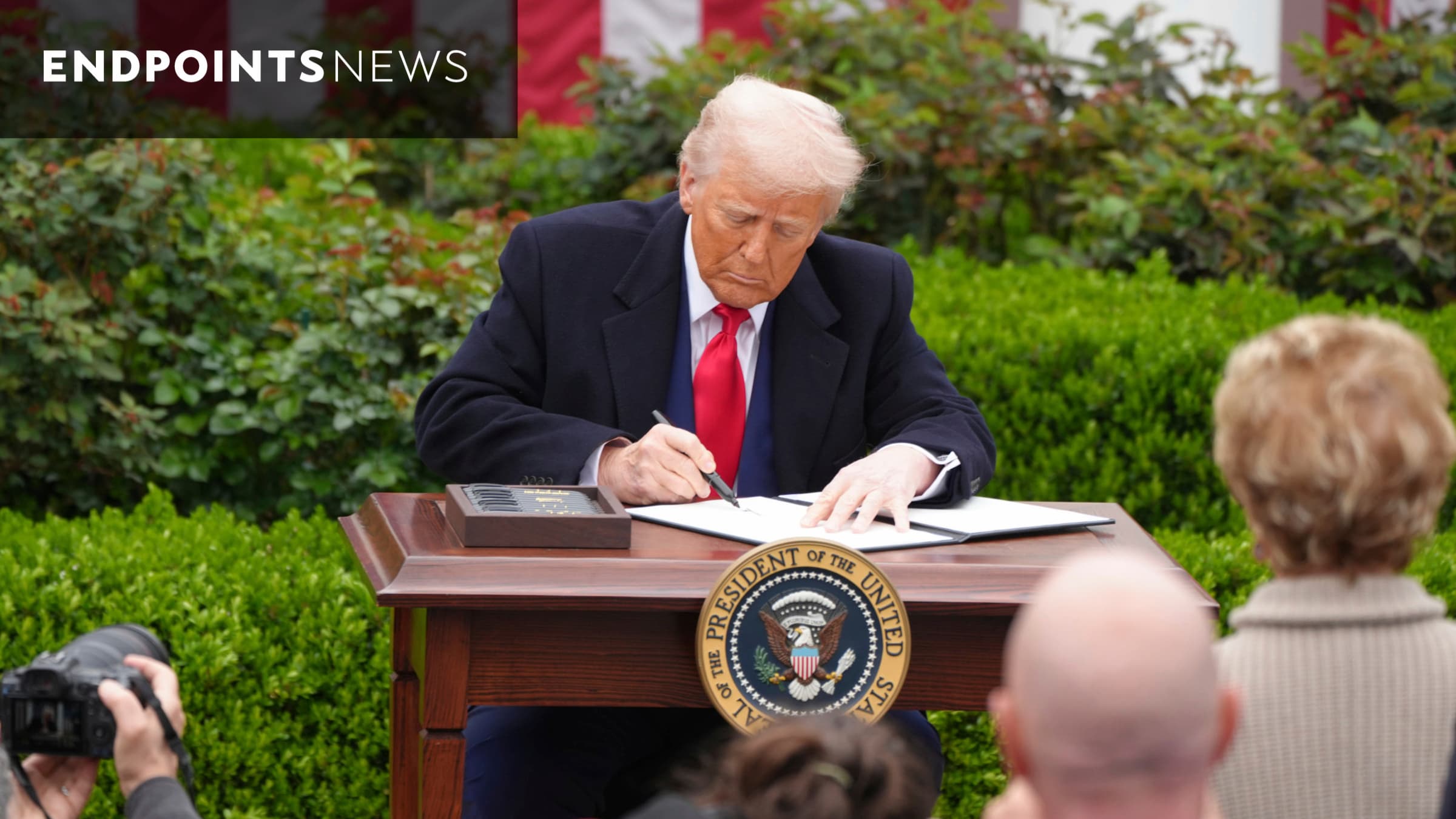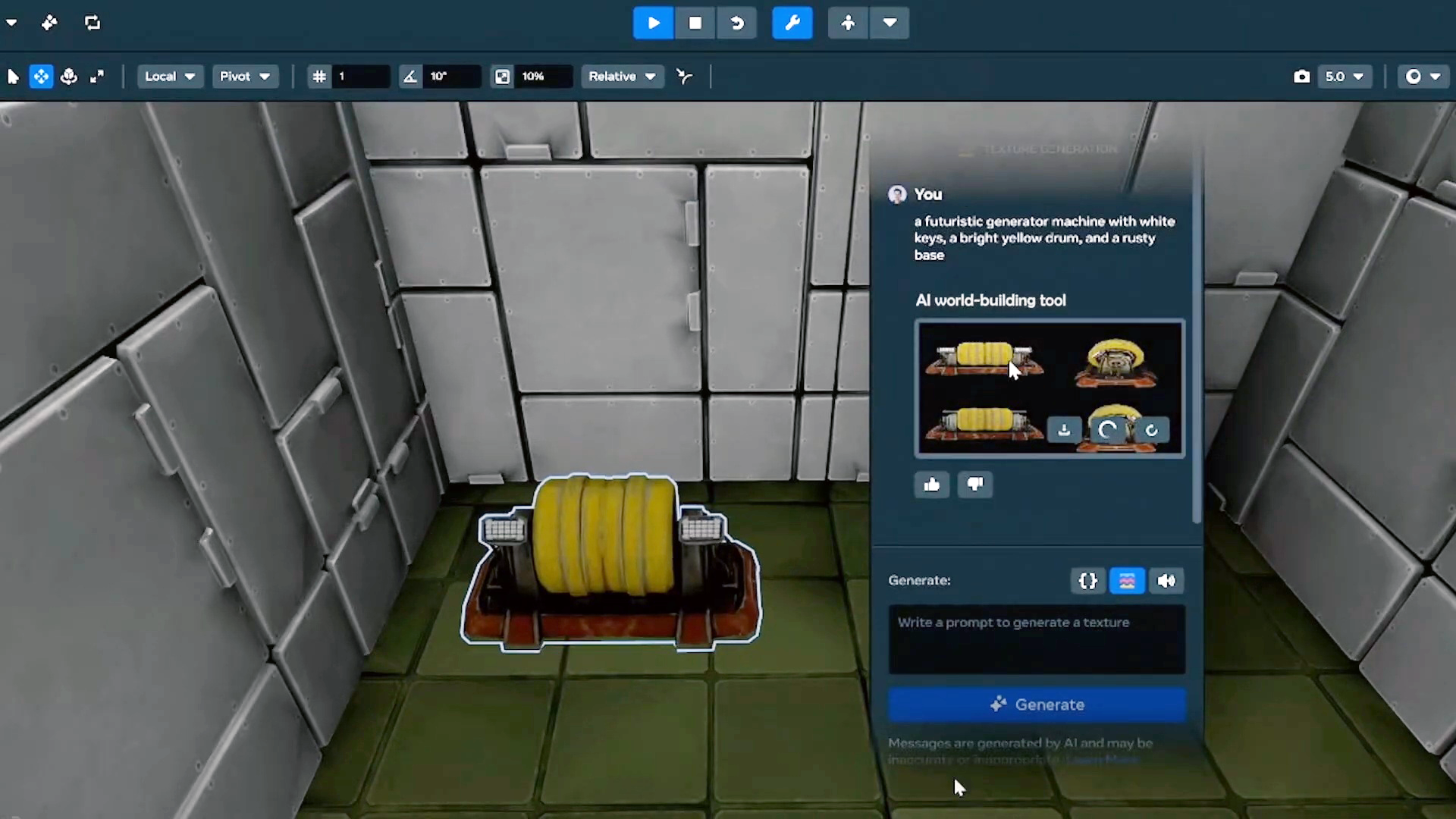How to bowl a strike—mathematically
Differential equations may improve training regimens and tournament design for bowlers. The post How to bowl a strike—mathematically appeared first on Popular Science.

The average bowler has about a 1-in-11,500 chance of achieving a perfect 300 game—so unless you’re dedicated to honing your craft, it’s probably best to take the strikes when they come. Either that, or you could refer to a new system of differential equations from MIT and Princeton designed to determine the most optimal bowling ball placements. Their findings present a potential breakthrough for the game thanks to one of the most universal formulas across physics, engineering, mathematics, and chemistry. The study was published April 15 in AIP Advances in collaboration with experts at University of New Mexico, Loughborough University, and Swarthmore College.
Prior to their recent work, most bowling strategies relied on statistical analyses of professional bowlers. While helpful, these methods left out more thorough investigations into the physics dynamics between a ball, lane conditions, and bowling pins. This meant that even the slightest variation on form could dramatically alter a player’s performance.

However, Hooper and colleagues decided on a different approach based on an underlying principle known as Euler’s formula. Realized by the 18th century Swiss polymath Leonhard Euler, the equation establishes the foundational link between complex exponential and trigonometric functions. The details only get more intricate from there, but Euler’s work has become the bedrock for many mathematical breakthroughs, and is routinely utilized in everything from calculating compound interests to determining the half-lives of radioactive isotopes. And now, bowling.
Unlike previous work, the new model factors in various physical conditions of a game, such as lane oil. While initially applied in a thin, relatively even layer, a lane’s oil quickly spreads unevenly to create unique and inconsistent friction surfaces. Bowlers traditionally adjust their games depending on subjective experience and instincts, which has its limits for even the best players.
“Our model provides a solution to both of these problems by constructing a bowling model that accurately computes bowling trajectories when given inputs for all significant factors that may affect ball motion,” explained Hooper. “A ‘miss-room’ is also calculated to account for human inaccuracies which allows bowlers to find their own optimal targeting strategy.”
Determining their new equations required accounting for multiple difficult-to-describe factors, such as describing the tiny asymmetries on a bowling ball’s surface. The team also needed to figure out ways to translate their complex mathematical inputs into language that’s actually useful to bowlers, coaches, and industry professionals. In the end, they believe that their new equations will soon be applied across training regimens, manufacturing processes, and professional events.
For now, it’s probably best for the average bowler to stick with the “practice makes perfect” mentality.
The post How to bowl a strike—mathematically appeared first on Popular Science.



























































































































![The breaking news round-up: Decagear launches today, Pimax announces new headsets, and more! [APRIL FOOL’S]](https://i0.wp.com/skarredghost.com/wp-content/uploads/2025/03/lawk_glasses_handson.jpg?fit=1366%2C1025&ssl=1)















